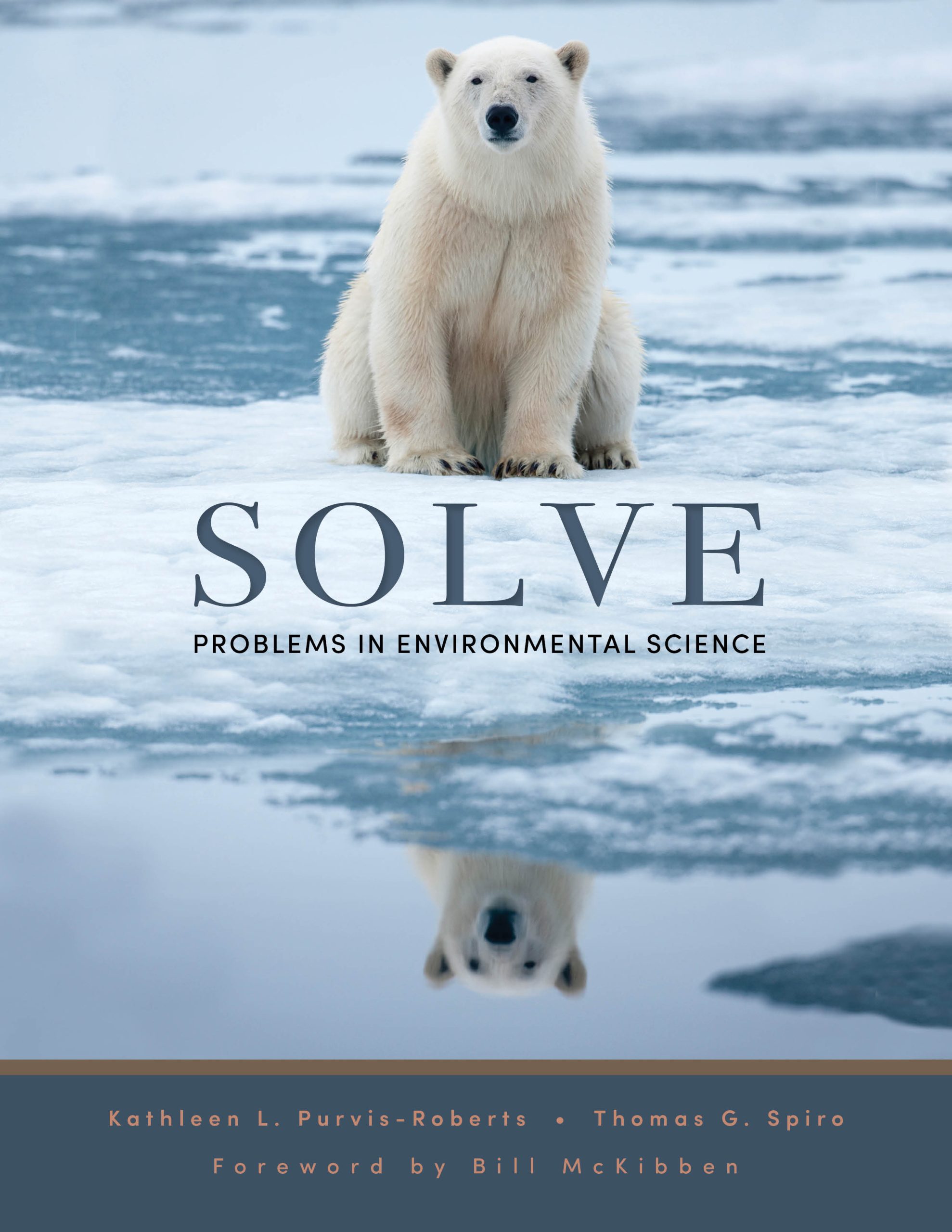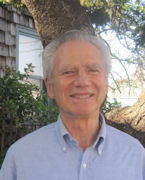
SOLVE: Problems in Environmental Science
Foreword by Bill McKibben
Newly Released
"Numbers matter. Incorrect ones cause damage, while realistic ones open doorways to finding solutions to many of the problems that afflict humanity. This environmental problem-solving text will help your students be better equipped to recognize and shun misleading numbers and to calculate better ones.”
-John Harte, UC Berkeley
SOLVE: Problems in Environmental Science delivers up a robust set of engaging quantitative problems geared toward students in guided problem-solving groups and Environmental Science courses.
Summary
Resources
Table of Contents
Preface
Part I. Introduction
Chapter 1. Introduction
Part II. Energy and Materials
Chapter 2. Energy Flows and Supplies
Chapter 3. Energy Utilization
Chapter 4. Renewable Energy
Chapter 5. Fossil Fuels
Chapter 6. Nuclear Energy
Part III. Atmosphere
Chapter 7. Climate Change
Chapter 8. Free Radical Chemistry – Nitrogen Oxide, Ozone, and Combusion
Chapter 9. Air Pollution
Chapter 10. Stratospheric Ozone Shield
Part IV. Hydrosphere and Lithosphere
Chapter 11. Water Resources
Chapter 12. Water as Solvents: Acids and Bases
Chapter 13. Water and the Lithosphere
Chapter 14. Oxygen and Life
Chapter 15. Water Pollution and Water Treatment
Part V. Biosphere
Chapter 16. Nitrogen and Food Production
Chapter 17. Pest Control
Chapter 18. Toxicity of Chemicals
Appendixes
Appendix A. Organic Structures
Appendix B. Mathematical Fundamentals
Appendix C. Answers to the Starred Questions
Reviews
“Numbers matter. Incorrect ones cause damage, while realistic ones open doorways to finding solutions to many of the problems that afflict humanity. This environmental problem-solving text will help your students be better equipped to recognize and shun misleading numbers and to calculate better ones.”
-John Harte, UC Berkeley


